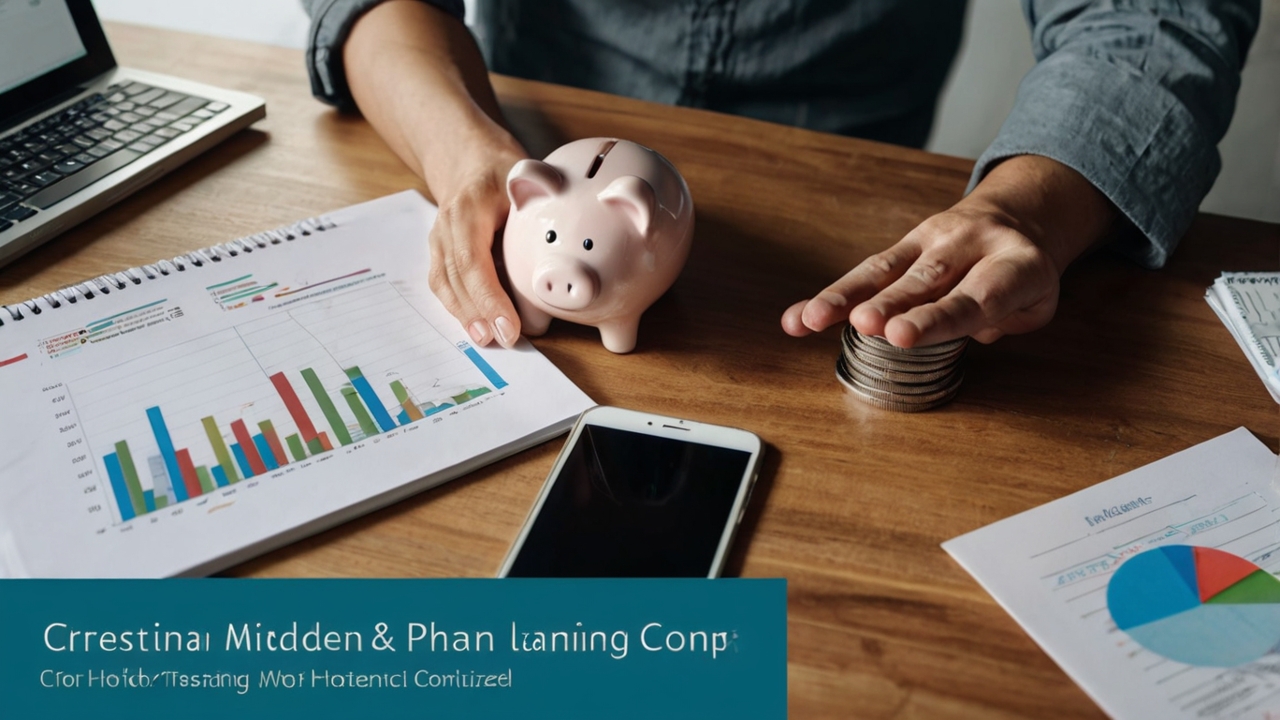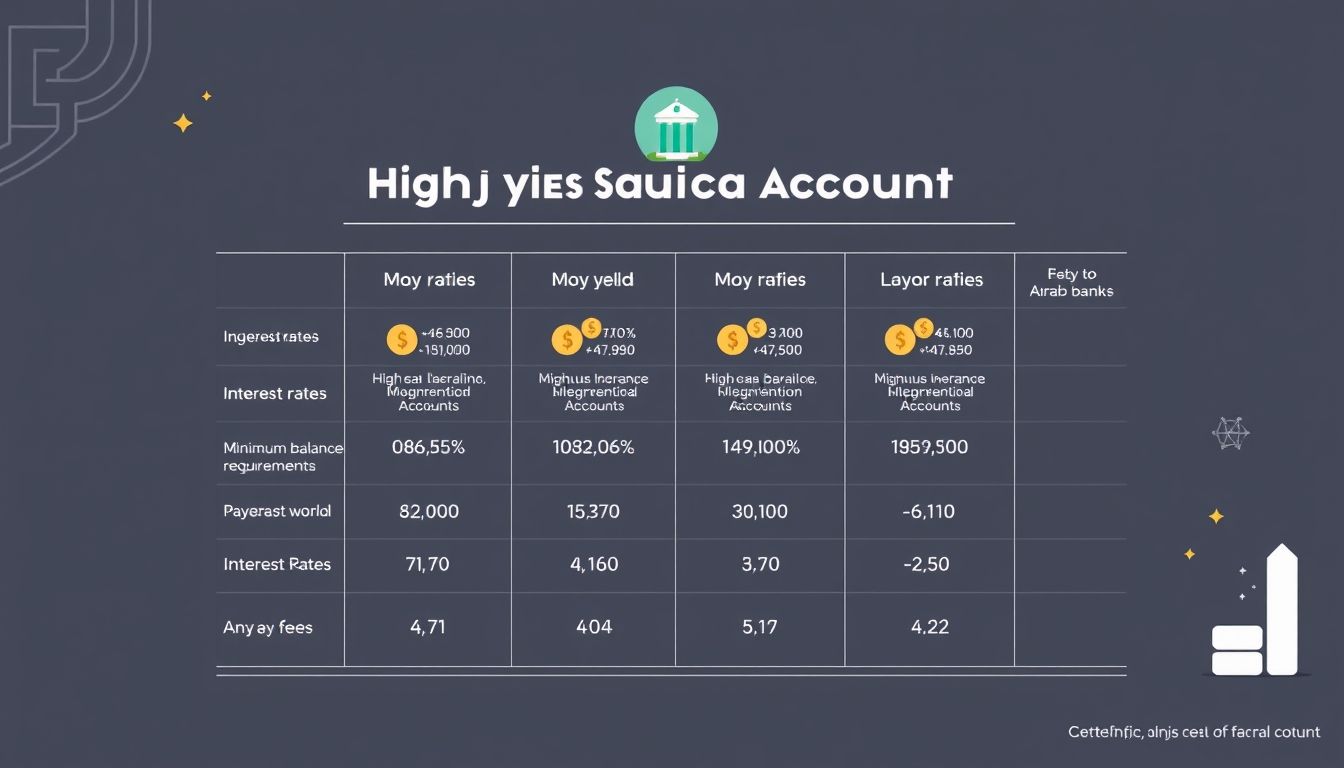Introduction: Why Arab Families Need an Emergency Fund
In our changing world, Arab families face increasing economic challenges. From rising living costs to sudden health crises, having an emergency fund becomes a necessity to protect financial stability and secure the future.
An emergency fund is not just a savings account; it's an integrated financial strategy aimed at providing readily available cash to cope with emergencies without having to borrow or liquidate investments.
Chapter 1: Defining an Emergency Fund and Its Importance
What is an Emergency Fund? It is an amount of money set aside to cover unexpected expenses such as job loss, emergency home repairs, or unexpected medical bills.
Importance of an Emergency Fund:
- Provides Financial Security: Gives the family a sense of security and stability in the face of crises.
- Avoids Debt: Reduces the need to borrow at high interest rates in emergencies.
- Preserves Investments: Allows you to avoid selling investments at a loss when needed.
- Reduces Stress and Anxiety: Alleviates the psychological pressure of thinking about how to deal with emergencies.
Chapter 2: Determining the Right Size of an Emergency Fund for Arab Families
There is no one-size-fits-all. The appropriate size depends on several factors:
1. Basic Monthly Expenses:
Calculate the total fixed monthly expenses (rent, bills, food, transportation, loan installments). This figure is the basis for calculating the size of the emergency fund.
2. Sources of Income:
Assess the stability of income sources. If income is unstable or depends on freelance work, it is advisable to increase the size of the fund.
3. Insurance:
Review insurance policies (health, home, car) to determine the expenses covered by insurance. Reduce the size of the fund based on insurance coverage.
4. Number of Family Members:
The more family members, the higher the likelihood of emergencies and the higher the expenses. Therefore, the size of the fund should be increased.
5. Debts:
If the family has significant debts, it is advisable to increase the size of the fund to cover debt installments in case of income loss.
Chapter 3: Equation for Calculating the Size of the Emergency Fund
General Rule: It is preferable for the emergency fund to cover basic living expenses for at least 3 to 6 months.
Example: If the family's basic monthly expenses are 10,000 Saudi Riyals, the appropriate size of the emergency fund ranges between 30,000 and 60,000 Saudi Riyals.
More Accurate Calculation:
- Calculate the average basic monthly expenses.
- Determine the number of months you want to cover (3-6 months).
- Multiply the average monthly expenses by the number of months.
Chapter 4: Where to Keep the Emergency Fund
The emergency fund should be easily accessible and safe:
- High-Yield Savings Account: Provides high liquidity and simple interest.
- Separate Checking Account: To avoid using it for daily expenses.
- Low-Risk Short-Term Investment Fund: Such as money market funds.
Avoid: Investing in high-risk assets such as stocks or real estate, as they may not be available when needed.
Chapter 5: Building an Emergency Fund Step by Step
- Set a Goal: Determine the amount you want to save for the emergency fund.
- Prepare a Budget: Review the family budget and determine the amount that can be allocated monthly to the emergency fund.
- Automate Savings: Set up an automatic transfer from your checking account to the emergency fund account.
- Increase Income: Look for ways to increase income (overtime, selling unnecessary items).
- Reduce Expenses: Reduce unnecessary expenses to save more money.
Chapter 6: Managing the Emergency Fund Effectively
The emergency fund is not just a saved amount; it is a financial tool that needs management:
- Regular Review: Review the size of the fund regularly and make sure it is still sufficient to cover basic expenses.
- Replenishing the Fund: After using part of the fund in an emergency, replenish it as soon as possible.
- Avoid Using It for Unnecessary Purposes: Only use the emergency fund for real emergencies.
Chapter 7: Real-Life Examples from the Arab Market
Success Story: A Saudi family lost their breadwinner's job due to the COVID-19 pandemic. Thanks to the emergency fund, the family was able to cover their basic expenses for six months until the breadwinner found a new job.
Case Study: An Egyptian family faced exorbitant treatment costs for a family member. Thanks to the emergency fund, the family was able to pay the medical bills without having to borrow or liquidate their assets.
Chapter 8: Common Mistakes in Managing the Emergency Fund
- Not Having an Emergency Fund: This is the biggest mistake.
- Insufficient Fund Size: The fund size must be sufficient to cover basic expenses for several months.
- Using the Fund for Unnecessary Purposes: The fund should only be used in real emergencies.
- Not Replenishing the Fund After Using It: The fund should be replenished as soon as possible after use.
- Keeping the Fund in an Unsafe or Inaccessible Place: The fund should be easily accessible and safe.
Chapter 9: Additional Tips to Enhance Financial Stability
- Financial Planning: Prepare a monthly budget and stick to it.
- Investing: Invest a portion of your income in diverse assets to achieve long-term growth.
- Insurance: Get adequate insurance coverage to protect yourself and your family from risks.
- Avoid Unnecessary Debt: Reduce borrowing and try to pay off debts as soon as possible.
- Skill Development: Invest in developing your skills to increase your chances of getting a better job and increasing your income.
Chapter 10: Conclusion
The emergency fund is the cornerstone of the financial stability of the Arab family. By determining its appropriate size and managing it effectively, you can protect yourself and your family from life's unexpected events and achieve financial security.
Important Note: The information contained in this article is for informational purposes only and does not constitute financial advice. You should consult with a qualified financial advisor before making any financial decisions.



